The relationship between the curvature of ice hockey skate blades and a player's turning ability remains one of the most nuanced yet critical aspects of equipment customization in the sport. Unlike casual skaters, hockey players rely on precise blade geometry to execute rapid directional changes, tight pivots, and explosive crossovers. The radius of hollow (ROH) and the blade's rocker profile collectively influence how the steel interacts with the ice, creating a delicate balance between grip and glide that varies by position, playing style, and even ice conditions.
Traditional skate sharpening focuses on the hollow—the concave groove ground into the blade's bottom surface. A deeper hollow (smaller radius, e.g., 3/8") creates pronounced edges that dig aggressively into the ice, ideal for defensemen who prioritize stability during hard stops or forwards carving sharp turns at high speeds. Conversely, a shallower hollow (larger radius, e.g., 5/8") reduces friction, enabling longer strides favored by speed-oriented players. However, the blade's longitudinal curvature—often overlooked—plays an equally pivotal role in maneuverability. Most blades feature a subtle rocker, meaning the blade contacts the ice along a curved portion rather than lying flat. This curvature determines the pivot point during turns.
Players experimenting with custom rocker profiles often discover dramatic differences in responsiveness. A more pronounced rocker (shorter contact area) facilitates quicker pivots, as seen in agile playmakers like Connor McDavid, who rely on rapid changes of direction. In contrast, a flatter rocker provides stability for powerful straight-line skating, benefiting physical defensemen like Victor Hedman. Some elite sharpeners even employ asymmetrical profiles, grinding different radii on the blade's medial and lateral edges to optimize inside/outside edge performance during crossovers.
Ice temperature further complicates this dynamic. Harder, colder ice—common in NHL arenas—requires shallower hollows to prevent excessive bite that could hinder fluid motion. Outdoor or softer ice may demand deeper hollows to maintain edge control. Advanced players often adjust their ROH seasonally; a 1/2" hollow might work in winter but feel sluggish on spring ice. The introduction of profiling machines has allowed for micrometer-level precision in tailoring blade curvature. Modern systems can combine multiple radii along the blade's length, creating hybrid profiles that enhance acceleration (forward rocker) while maintaining turn stability (rear rocker).
Interestingly, blade curvature preferences reveal philosophical differences between hockey cultures. North American players traditionally favor deeper hollows for aggressive edge work, while European skaters often opt for shallower cuts to prioritize transitional skating—a stylistic divide visible in NHL vs. KHL gameplay. Goaltenders occupy their own niche, typically using flatter profiles (e.g., 3/4") with specialized heel-to-toe rockers to facilitate butterfly pushes and post recoveries.
The physics behind these choices involves complex ice friction mechanics. During a turn, the skater's weight shifts onto the edges, causing the blade to deform the ice surface microscopically. The optimal curvature minimizes energy loss through parasitic drag while preventing catastrophic slip. Research from equipment labs suggests the sweet spot for most players lies between 7-10 feet for the main rocker radius, though this varies with skating style. Defensemen executing backward transitions may benefit from a rear-biased rocker, while wingers prefer a forward-weighted curve for explosive starts.
Emerging technologies like laser-measured wear patterns and pressure-sensitive skate mats now allow players to quantify previously subjective preferences. Some NHL teams employ 3D blade scanning to track how curvature degrades during games—a critical factor as even 0.1mm of wear can alter performance. This data-driven approach reveals why many professionals re-sharpen blades every period, maintaining consistent curvature as microscopic burrs develop from hard stops.
Ultimately, the art of blade curvature tuning resides in balancing contradictory needs: enough bite for confident turns without sacrificing straight-line speed, quick pivots without instability. As one veteran NHL equipment manager noted, "The difference between a good and great turn often comes down to a few thousandths of an inch in that grind." With advances in materials science introducing harder blade steels that hold edges longer, the interplay between curvature and performance continues evolving, ensuring this centuries-old equipment debate remains at hockey's cutting edge.
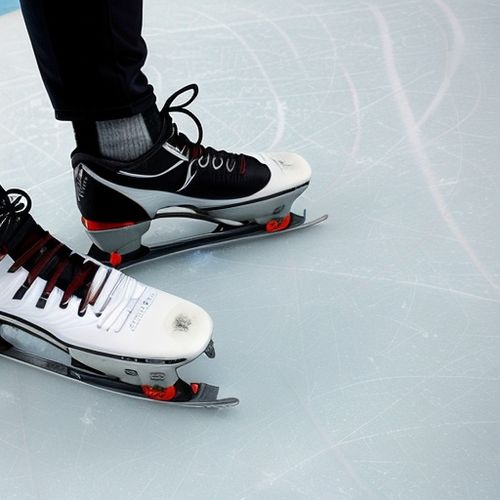
By William Miller/May 9, 2025
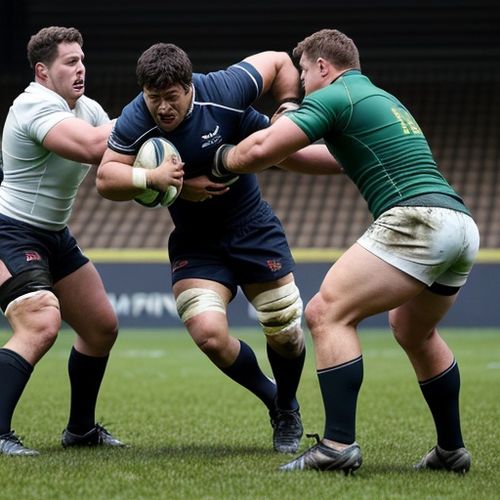
By John Smith/May 9, 2025
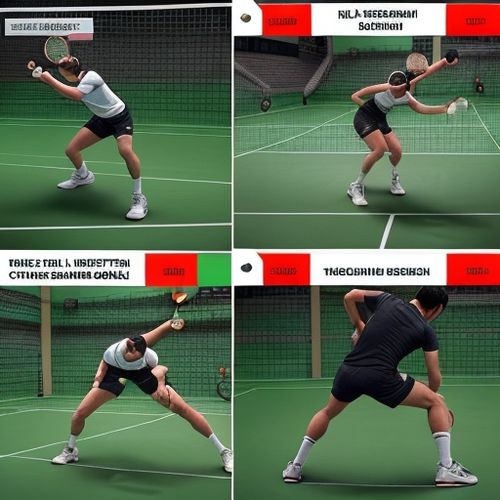
By Lily Simpson/May 9, 2025
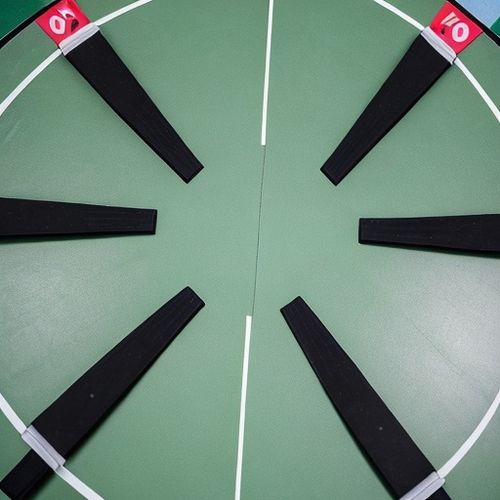
By Eric Ward/May 9, 2025
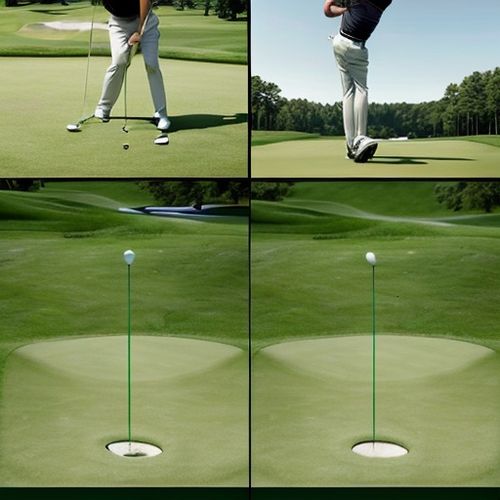
By Eric Ward/May 9, 2025
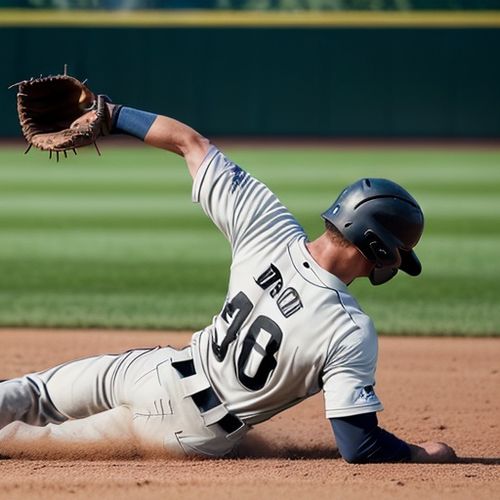
By Victoria Gonzalez/May 9, 2025
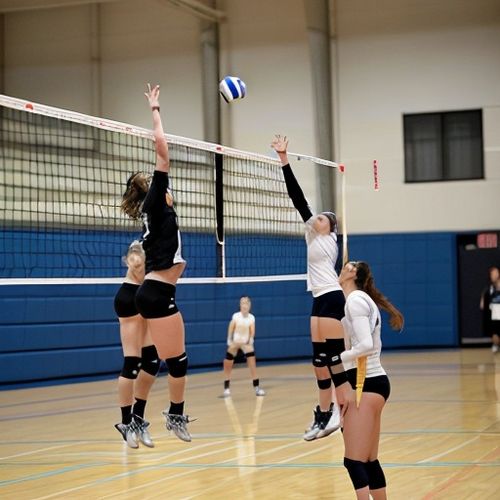
By Samuel Cooper/May 9, 2025
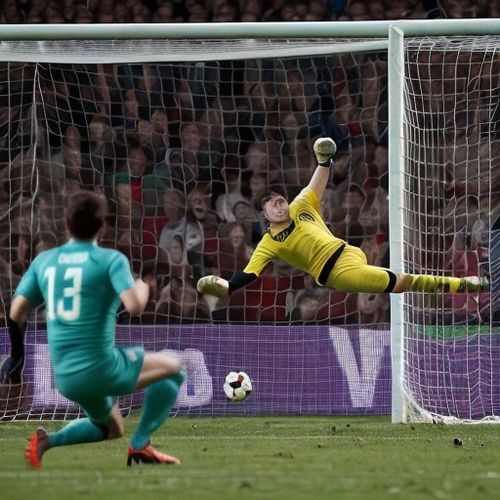
By Emily Johnson/May 9, 2025

By Noah Bell/May 9, 2025
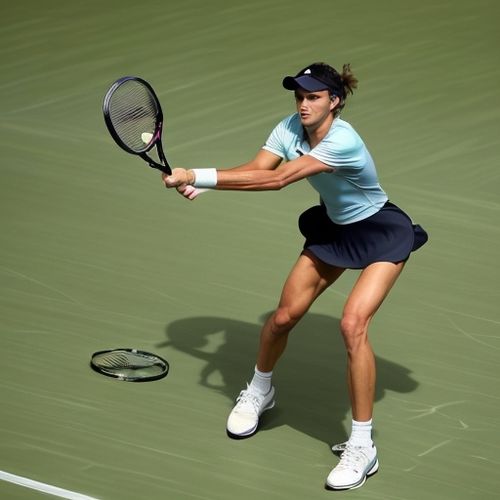
By Joshua Howard/May 9, 2025
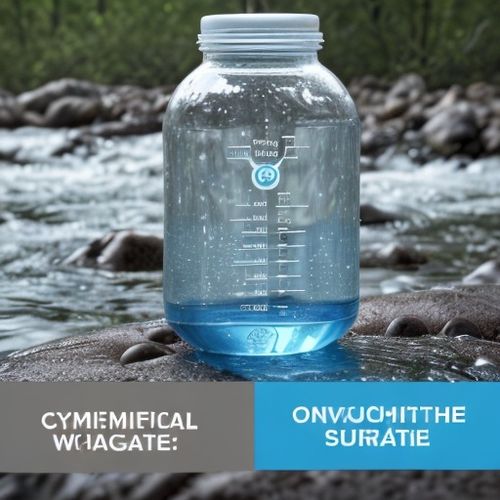
By Eric Ward/May 8, 2025

By Joshua Howard/May 8, 2025

By George Bailey/May 8, 2025
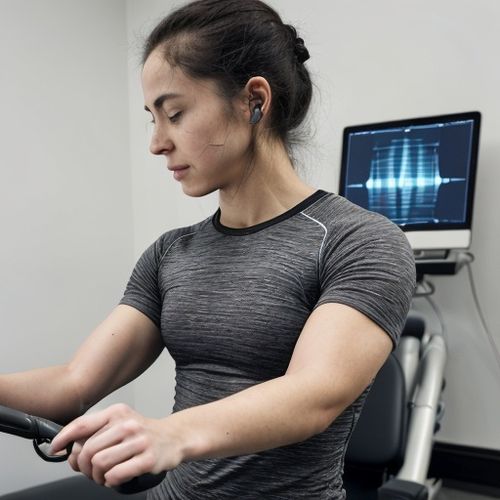
By Grace Cox/May 8, 2025
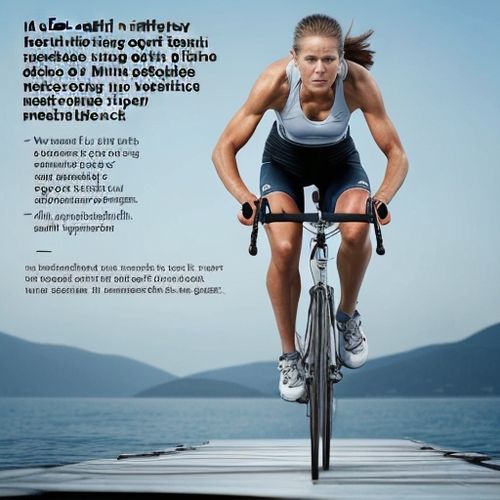
By Michael Brown/May 8, 2025
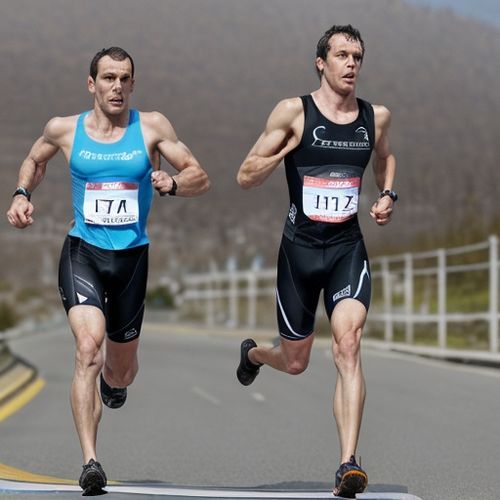
By Daniel Scott/May 8, 2025
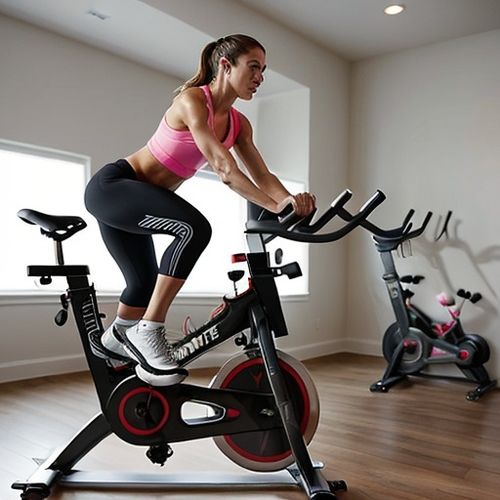
By Rebecca Stewart/May 8, 2025
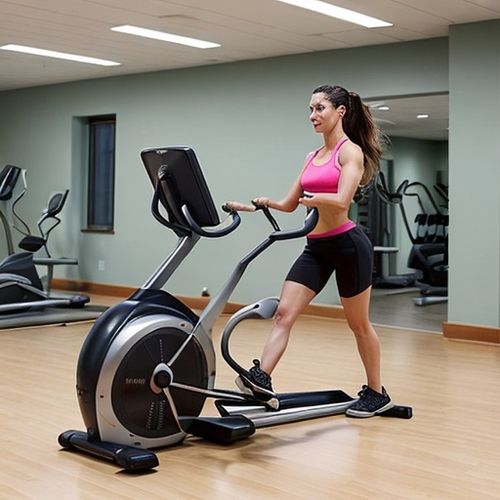
By Victoria Gonzalez/May 8, 2025
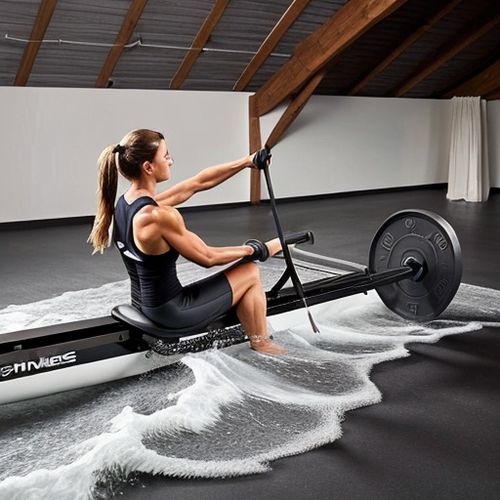
By Emily Johnson/May 8, 2025
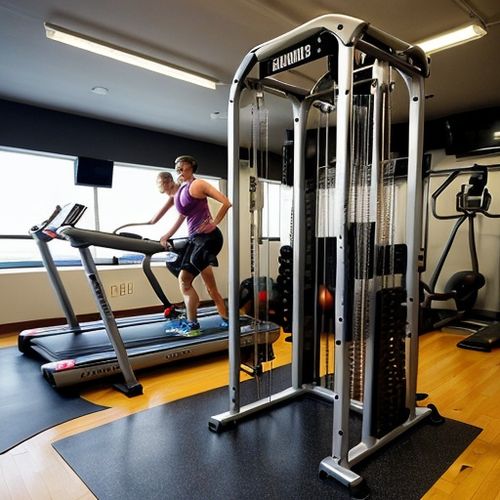
By Olivia Reed/May 8, 2025